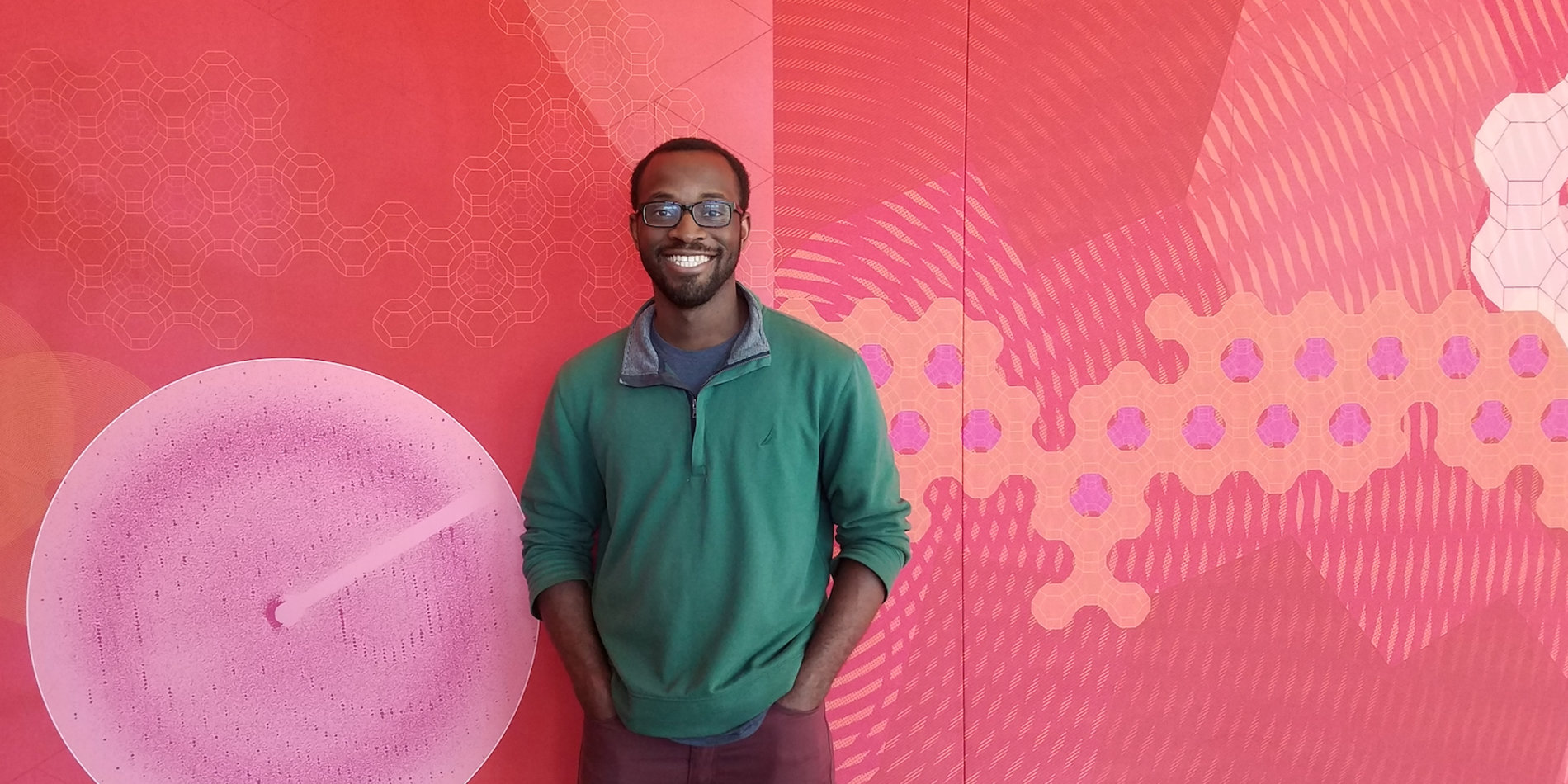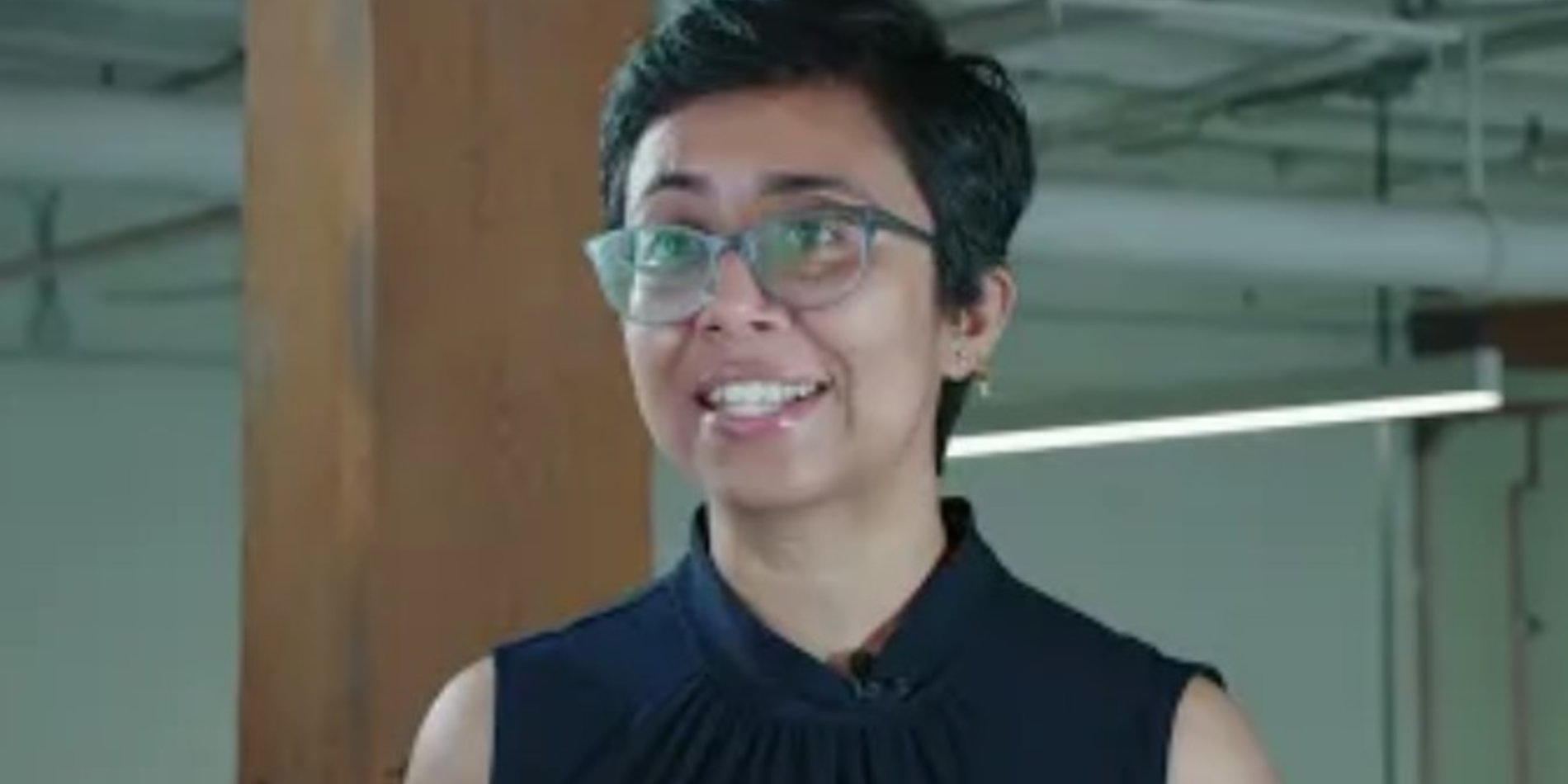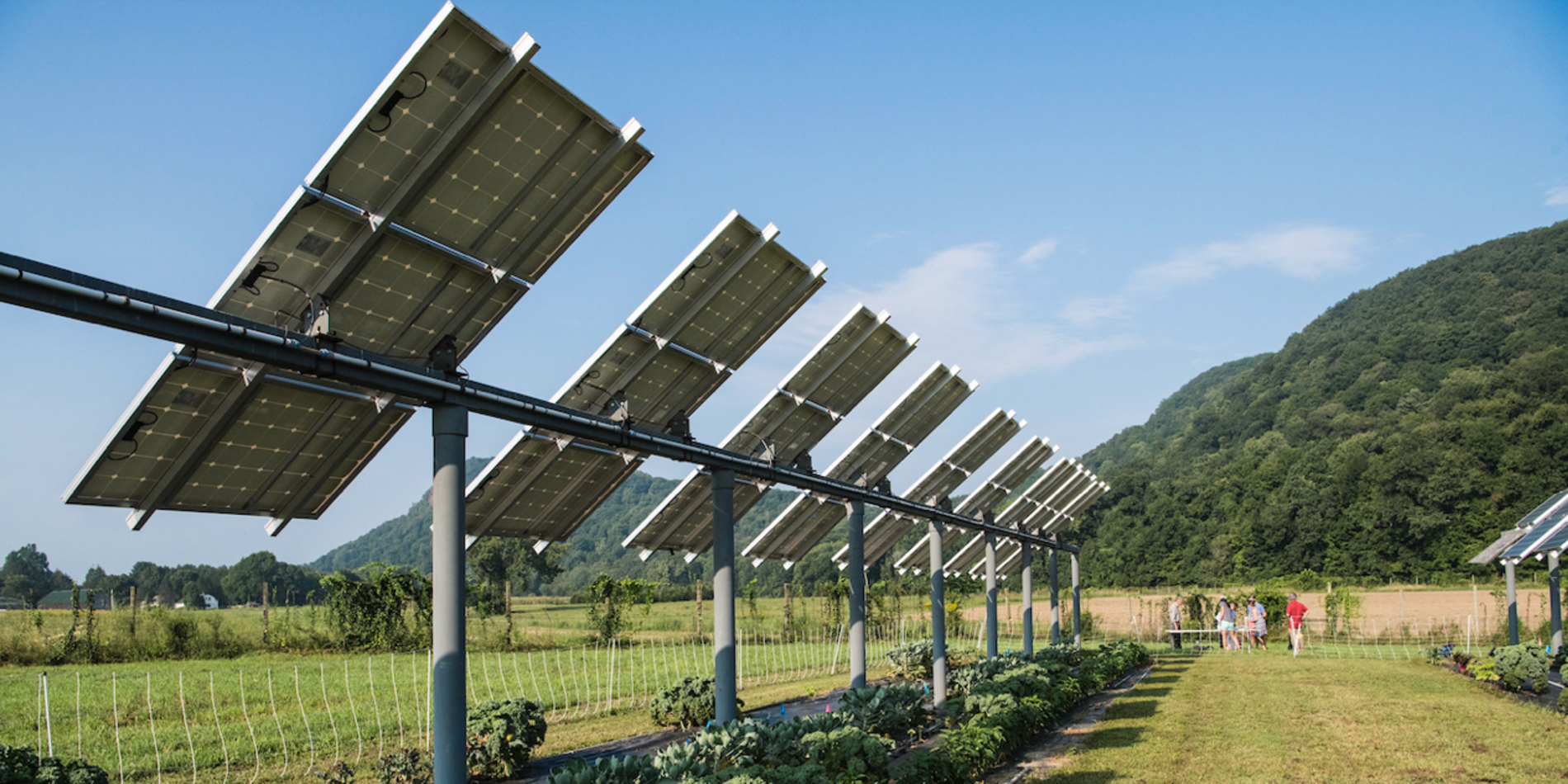Charging Ahead
How do you spark innovation? How do you stir up unexpected outcomes and new connections? An open mindset helps, and so does academic freedom.
For Chibueze Amanchukwu, knowing that his postdoctoral work was funded by the TomKat Center—which provides a $70,000 salary and up to $3,000 for relocation assistance for exceptional early-career researchers—gave him the peace of mind to commit fully to pursuing a vivid scientific question.
How to build better batteries?
It’s a question that had him criss-crossing departments at Stanford, from Chemical Engineering to Materials Science, and back again. He even crossed the Atlantic Ocean as a visiting scholar to Cambridge University.
He says this kind of academic liberty would have been out of the question had he needed to line-item every hour, every material in his research to a federal grant or a single advisor.
“There is no micromanager at the TomKat Center saying, ‘Hey! You need to do this.’” he says. “I was able to freely think of new ideas, to explore new ideas, and to know that, as long as the research related to sustainable energy, I’d be supported.”
He says it has been a gift to follow the trail of discovery and watch it unfurl.
Building better batteries
Amanchukwu explains that batteries are among some of the most important devices to advance renewable energy and electric vehicles. Even the sleekest modern electric cars, if they use lithium-ion batteries are, for all practical purposes, bound by technology that is three decades old.
Renewable energy—wind, solar, hydroelectric—is similarly constrained. Most renewably sourced electricity is intermittent and its production is not easily matched with demand. If less expensive and more robust batteries were developed to store electricity on a large scale, it would be much easier to shift the grid away from fossil fuels toward renewable power.
To tackle a problem as grand as harnessing clean energy, Amanchukwu has been focusing on the molecular scale design of batteries.
Since 2017, he has developed new small molecule and polymer electrolytes to improve the stability of high energy density lithium metal batteries. Through this line of research, he hopes to point the way to cheaper, more powerful batteries—and nudge the door wider for renewables.
During his time at Stanford, however, he hit a roadblock in the research. To precisely understand how ions move through novel solid-state electrolytes, he wanted to measure the systems with what’s called a solid-state Nuclear Magnetic Resonance spectrometer, or an NMR.
The issue was that getting access to these machines is notoriously difficult. Yet through a previous academic connection, Amanchukwu received an invitation to join Clare Grey, a Cambridge professor of chemistry, who has five of these machines that she uses to study battery systems. She offered for Amanchukwu to visit her laboratory and learn the latest solid-state techniques from her team—if he could leave campus to travel to the UK.
Thanks to support from his Stanford faculty mentor Zhenan Bao, professor of chemical engineering, and the stability of the TomKat Center funding, he was able to jump at the chance.
Building a career
For Amanchukwu, this has been a productive season. As a postdoc at Stanford, he completed multiple research projects, co-authored seven research papers, filed one patent, and earned a position as an assistant professor at the University of Chicago, starting in January 2020.
Now, as he sets up his own lab for the very first time, he has role models and an ever-widening professional circle to turn to for advice. What kind of culture does he want to foster in his lab? How will he hire staff and manage a team? How will he find funding?
“The TomKat fellowship gave me the flexibility to pursue the research of my choice and to engage with the brilliant Stanford community and beyond,” he says.
“With a challenge of this scale, there is no time to focus on which work is mine, which work is yours. The question we’re trying to answer is, ‘How can we solve the critical energy problems that we collectively face?’”
Learn more about the TomKat Center Postdoctoral Fellowships in Sustainable Energy.




